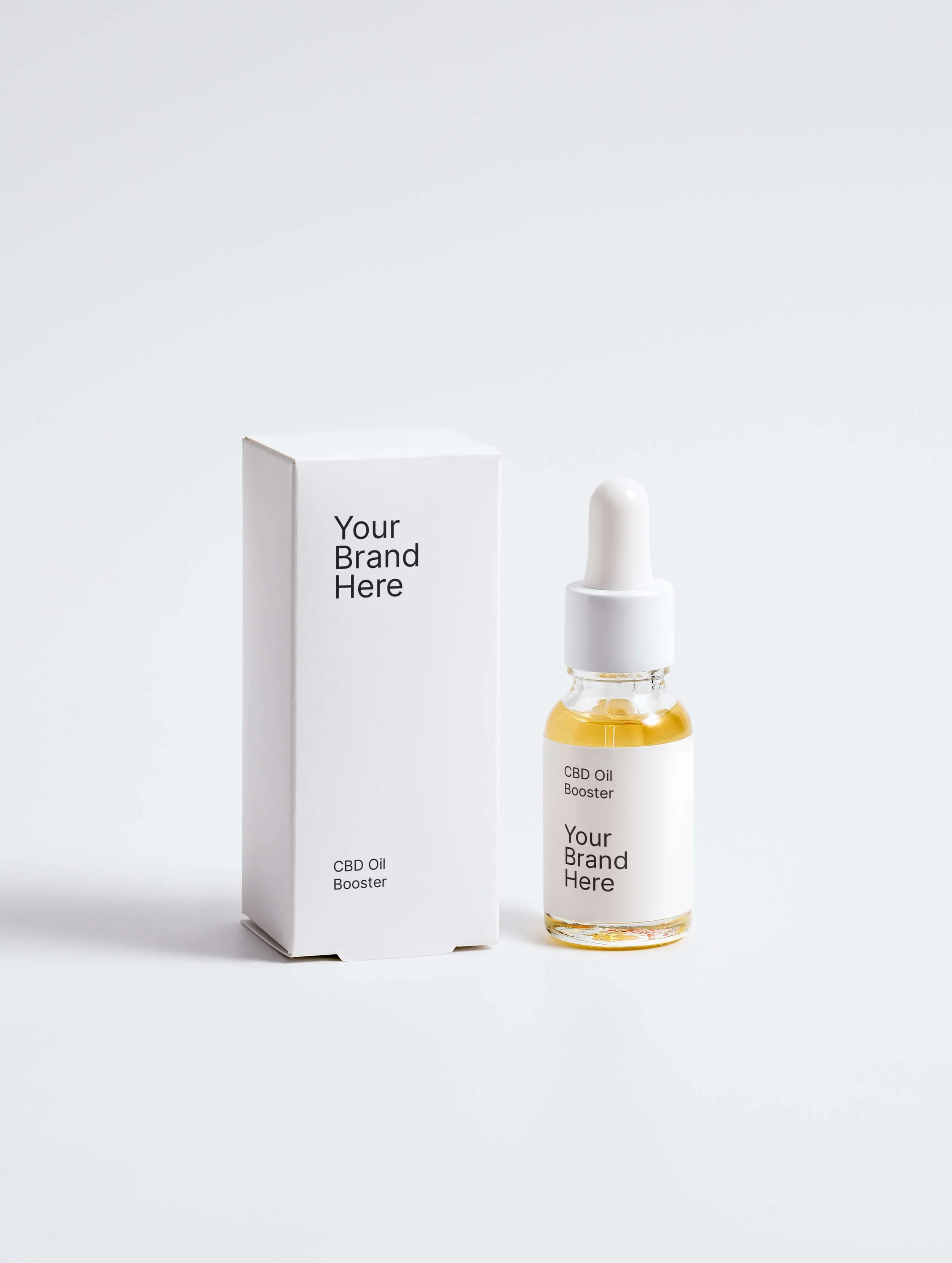How To Earn Money With Selfnamed
If you're thinking about starting your own skincare line, then one of the main things you need to carefully consider and set up is pricing. Setting the right retail price for your skincare products is a crucial aspect of running a successful business. At Selfnamed, we believe in transparency, empowering you to make informed decisions about your pricing strategy.
To help you make the most of our services, here are the steps on how to determine the retail price for your products and maximise your profits.
1. Cost + Profit = Retail Price
The fundamental formula for retail pricing is simple: production costs + profit. At Selfnamed, the prices listed in our catalogue are production prices excluding VAT charges. These prices, in addition with shipping costs for specific orders, form the total amount you pay to Selfnamed.
A popular sales strategy in the ecommerce industry is to offer free shipping in your store. However, remember to incorporate these costs in the retail price, as you still have to pay shipping charges to your white label provider.
2. Your Profit – Your Choice
The beauty of pricing is in your hands. While you have the liberty to set your retail price, we recommend a minimum profit margin of 40%. This would ensure not only profitability, but also a sustainable business growth.
Let's break it down with an example!
If you choose to sell the Calming Facial Oil, then its production price per unit is EUR 14.60 (excluding VAT). With a profit margin of 60%, here's what you'd be looking at:
Production costs: EUR 14.60
Retail price: EUR 23.36
Your profit per sale: EUR 8.76
When thinking about your profit margin, we recommend doing a little research on similar businesses. For starters, this will give you a better understanding of what you're competing against. As well as it will give you the confidence to set higher profit margins, especially, if you're selling organic skincare products, which generally are high-profit products.
Think about the value of your product and how you can increase it, so your customers would be willing to pay more. Consider the presentation of your products – their visual appearance (design and packaging) and how your brand and products are marketed.
Another thing to consider before setting up profit margin – and this one's really important – go over all your business expanses and see if your desired profit margin covers them. For example, if you have a Shopify store, there will be product listing fees, subscription fees etc. It's typically suggested to calculate these expanses carefully and set a profit margin high enough to make sure you are not experiencing any losses.
3. Scaling Up for Greater Profitability
As your business grows, consider purchasing in larger volumes to increase profit margins. Going back to our previous example, let's assume your product retail price remains EUR 23.36. Here's what you'd be looking at:
for 250 items:
bulk price per item: EUR 10.22
profit per item: EUR 13.14
profit margin percentage: 128.57%
for 1000 items:
bulk price per item: EUR 8.03
profit per item: EUR 15.33
profit margin percentage: 190.91%
Scaling up through bulk purchases significantly boosts your profit margins, as seen in the example above. This exemplifies the financial advantages of expanding your business operations.
This structured approach also ensures clarity in your pricing strategy. Understand your costs, define your profit objectives, and make informed decisions about your retail prices.
4. Stay Agile
Prices can fluctuate due to various factors, like, demand, expanses, or unforeseen costs. Therefore, it's important to keep a close eye on your prices by regularly reviewing and adjusting them to ensure you stay competitive and profitable. Don't forget to also be aware of the overall market trends and demand by researching your competitors and target audience.
Here's a list of questions you should consider asking yourself, when setting prices for your products:
Who is your target audience, and where are they located?
What's the average price for similar products on the market?
How can you add extra value to your product, so your customers would be willing to pay more?
Will you be offering free or reduced shipping? While this is a proven strategy to boost sales, remember to incorporate these costs into the product's retail price to not have losses.
What kind of sales and marketing strategies can you use to drive sales?
Will the price of your product will cover all your costs?
Empower your skincare business with a pricing strategy that aligns with your goals. At Selfnamed, we're committed to supporting your journey to success.
How To Start Your Own Skincare Line Using Selfnamed
Selfnamed is here to help create your own skincare line by making the process as simple and seamless as possible. As soon as you decide on your ideal customer and product range, there are only a few simple steps to take:
Select product sample sets. You can choose from more than 30 high-quality, organic or natural certified skincare products made in Northern Europe.
Add your style. Selfnamed offers an easy-to-use design studio to create labels and packaging. You can work with pre-made print-ready templates or create your design from scratch. You can also choose our design service.
Start selling your products. There are no minimum orders, meaning you can easily adjust the volume to your needs.
Before making a custom order, we recommend looking at our sample set selection. These sets contain curated product lines for different skin types, letting you choose the best products for your brand. This way you can test the products — their consistencies, textures, fragrances, as well as packaging quality.
There are the basic steps on how to start a skincare line from the comfort of your home. Best of luck with your new endeavour!





